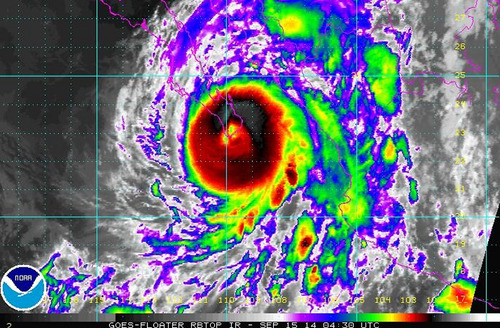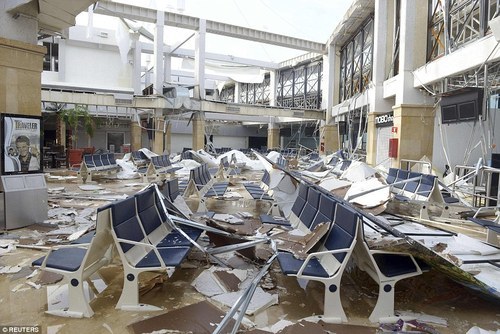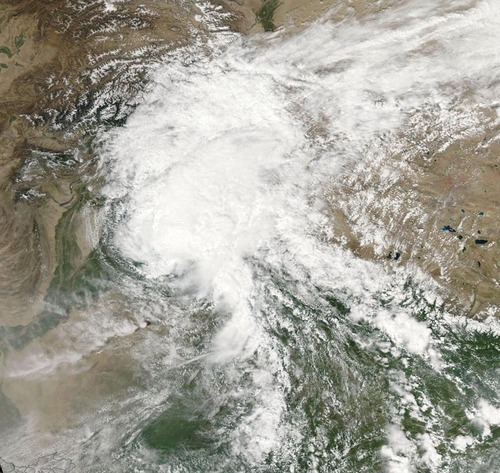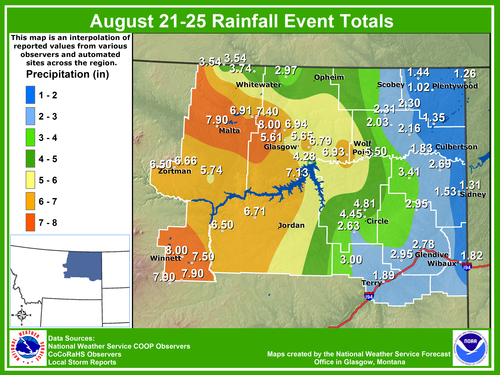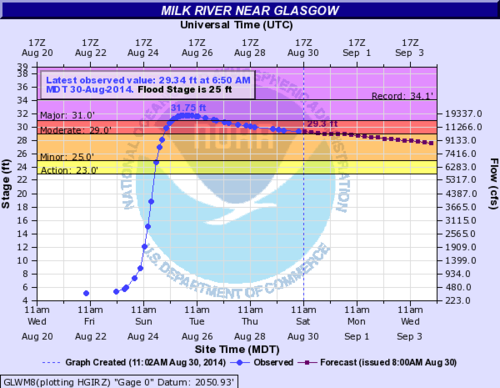Vancouver Sees Significant Rain Event
The city of Vancouver has seen its fair share of rainfall this past week, causing flooding problems throughout the metro. What was to blame for this event was an atmospheric river that came onshore the BC Coast, aided by a large upper level trough off the West Coast on Wednesday. Atmospheric rivers are narrow plumes of significant moisture which originate from the subtropics and flow from the southwest onto the shores of the west coast. On Wednesday morning fairly high PWAT[1]
values (>1”), a product of the atmospheric river, nosed into the Vancouver region which set the stage for the heavy rainfall event.
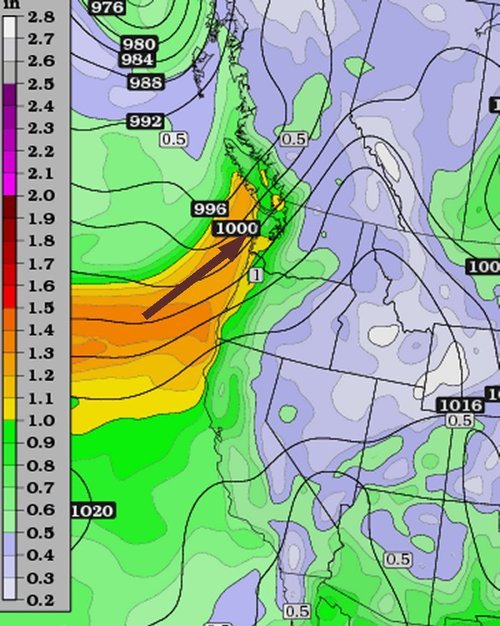
The rainfall started early Wednesday morning for Vancouver, including a thunderstorm that went through the city around 7am dropping heavy rain. With already saturated soil from the rain earlier in the week, flooding problems ensued. Metro Vancouver saw anywhere between 20-35mm, and pockets of locally higher amounts Wednesday. This event comes a day after the same system offshore brought very strong winds (gusts >100km/h) to Vancouver Island as well as downing power lines and snapping trees in metro Vancouver. It was reported that Tuesday night a total of 80,000 people in southern BC were without power at some time.

As this mid-week system departs, it makes way for the next system upcoming system this weekend. This will be yet another fairly strong system to impact the west coast, bringing with it more heavy rains and strong northwest winds. Unfortunately, unsettled weather is expected to last for the Vancouver region into next week.
- PWAT stands for precipitable water, a measure of the amount of water contained in a column of air. ↩
